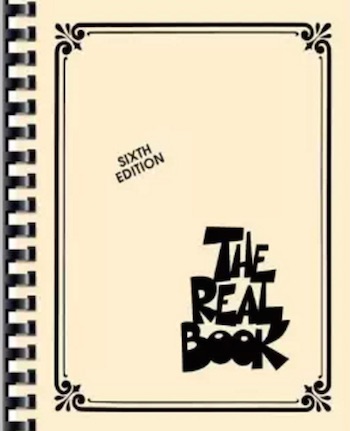Piano is probably the most intimidating instrument to improvise on. With two hands, ten fingers, 88 keys, three pedals, and every style of music open to you, it can be simply overwhelming to sit down and try to play something purely from your imagination. Here are five stages you can work through to learn to improvise easily and confidently on piano.
Before we dive into the piano specifics here are two background articles which will help ensure you’ve grasped the fundamentals of what improvisation is, how to do it, and why it might be the key to enjoying music more than you ever have before:
You can download a handy printable version of this 5-step piano improvisation guide by clicking here:
1. One note at a time
Beginner piano improvisers often struggle because they bite off more than they can chew, trying to use both hands at once or introduce chords and harmony from day one.
Make life a bit easier on yourself. First aim to master improvising single-line melodies, meaning one note at a time. That naturally also implies one hand at a time!
Begin with free improvisation, just getting used to choosing notes by instinct. Then find a good backing track or song to improvise over so the music isn’t quite so bare. Remember: one note at a time!
2. Rise of the triads
Next you can start playing some harmonies in your left hand, and the simplest form of chords is the triad: just three notes.
Learn the major and minor triads and practice playing them as block chords in your left hand (all notes at once) and arpeggios in both hands (one note at a time, up and down). This lets you start using chord tones for improvisation.
Use the most common chord progressions as the basis for your improvisations and you’ll suddenly be improvising “real sounding” musical arrangements from nothing.
Don’t try to tackle every key at once. Learn the most important chords in just one or two keys and improvise in those keys to begin with.
3. Fake your way
Once you’re getting the hang of improvising over common chord progressions you can apply your new two-hand skills to some classic tunes.
 Get a “fake book” which contains the lead sheets for songs in a style you like, whether that’s jazz, pop or rock. These show you just the melody (for your right hand) and chord symbols (for triad chords in your left). Play through the melody then improvise a solo in its place.
Get a “fake book” which contains the lead sheets for songs in a style you like, whether that’s jazz, pop or rock. These show you just the melody (for your right hand) and chord symbols (for triad chords in your left). Play through the melody then improvise a solo in its place.
As you explore the fake book you can gradually expand your improvisation skills to more keys, progressions, types of chord, and musical styles in a structured and rewarding way.
4. Start from scratch
After playing from fake books for a while you’ll instinctively start wanting to break free from that dependence on sheet music – after all, improvisation is about creating music from scratch, right?
So take all your expanded skills (chord types, progressions, scales, keys, styles) and return to the approach of simply sitting down at the keyboard and imagining something to play. You should now have a lot more ideas in your toolkit!
This is also a great time to play with improvisational prompts like the Tonic card game.
5. Become a jack of all trades
As you practice improvising you may find yourself getting stuck in the same old patterns and styles. If you notice that your improvisations are starting to sound a bit repetitive, break out of those habits by challenging yourself to play in every style imaginable.
Again, fake books and improv games can be helpful here, to prompt you in specific ways. You can also gradually expose yourself to more and more musical situations, for example by volunteering to provide background or filler music for a performance or event.
Keep pushing your improvisational boundaries and aim to be the kind of pianist who can play anything they (or anyone else) can imagine!
If you’ve felt held back from improvising because you weren’t sure where to start or how to learn the full set of piano improvisation skills you dream of, I hope this 5-step process can help you dive in and make real progress—and enjoy yourself along the way!








